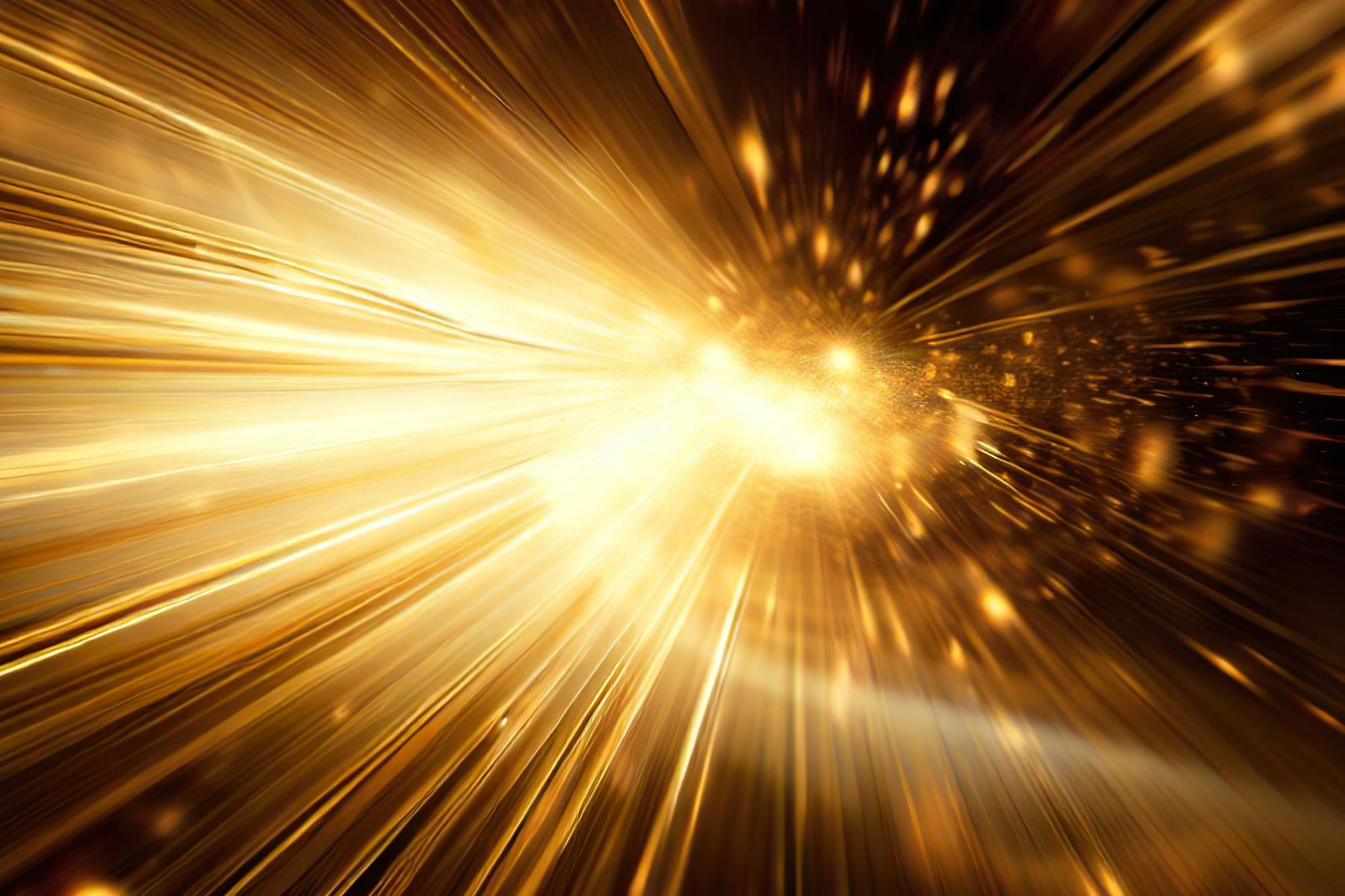Advanced nuclear firm Aalo Atomics announced it has secured $100 million in new capital and regulatory support to complete its first reactor at Idaho National Laboratory (INL).
The project, selected for the Department of Energy’s (DOE) new Nuclear Reactor Pilot Program, aims to demonstrate a future where dedicated nuclear reactors directly power the massive energy needs of artificial intelligence.
In an announcement on August 19, the Austin-based company detailed its successful Series B funding round led by Valor Equity Partners. The raise, which also included participants like Hitachi Ventures, NRG, and Fine Structure Ventures, brings Aalo’s total capital to over $136 million.









